The way we travel is changing as people become more mindful of their impact on both the environment and local infrastructure. Let’s take a deeper look into cruise ships to discover whether they’re luxury paradises or just floating pollution machines.
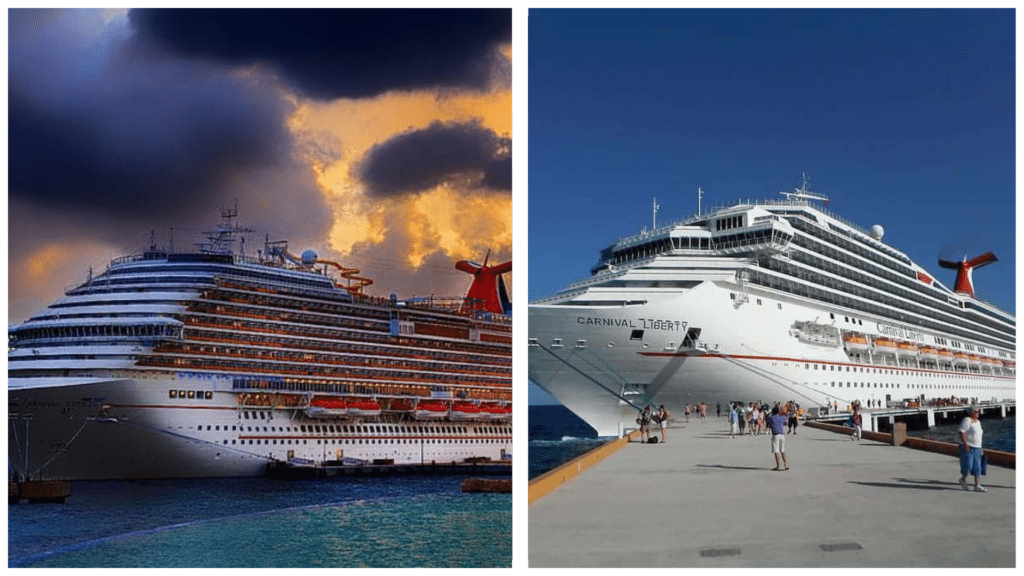
Basically, it is a hotel on the water, with luxury bars, cafes, restaurants, and entertainment on board to keep you amused while you sail between some of the world’s most breathtaking destinations. Sounds like paradise, right?
However, there’s more beneath the surface when it comes to luxury cruises. From ocean pollution to damaging local infrastructure, there are a few things we think it’s important to consider before booking that cruise holiday.
So, let’s dive deeper into the topic of cruise ships. Are they the luxury paradises their marketing teams want you to believe, or are they just harmful floating pollution machines?
The history of cruise holidays – a revolution in travel
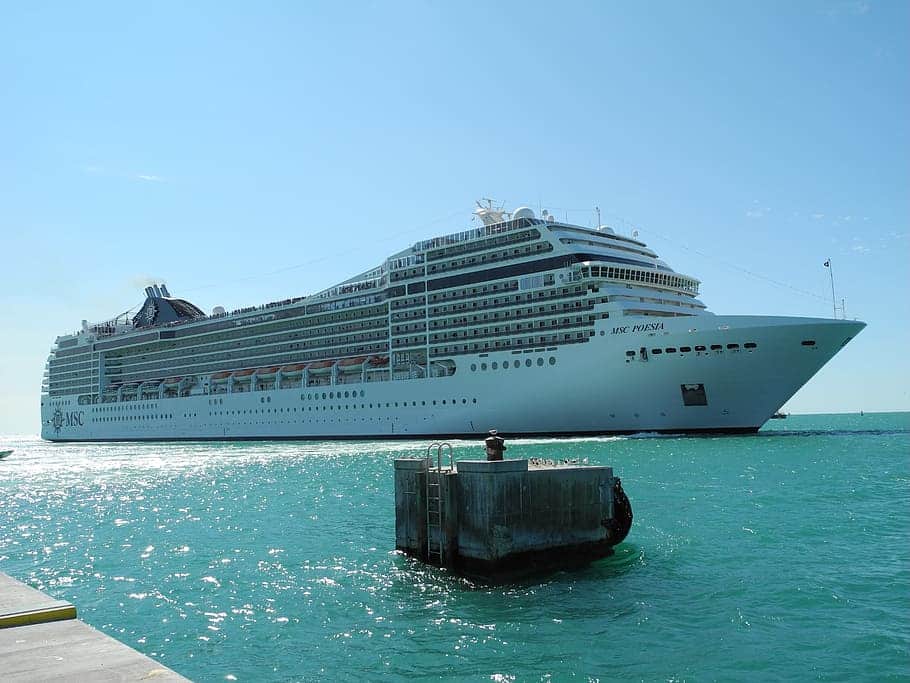
To some extent, cruise holidays have existed for hundreds of years. However, in their current incarnation, the existence of leisure cruise ships began in the 19th century with the arrival of the Peninsular & Oriental Steam Navigation Company (P&O).
Marking the beginning of commercial cruising for pleasure, P&O, which still exists today as one of the world’s most popular cruise operators, launched its first passenger-carrying vessel in 1844.
The Golden Age of Cruising boomed in the early 20th century as steam-powered ships revolutionised travel by sea, making it more comfortable and appealing for wealthy travellers.
Ships such as the RMS Titanic featured luxury restaurants, elegant ballrooms, and opulent social events. Thus making them an opulent form of travel for the wealthier set.
Fast forward to the late 20th century, which saw a huge boom in the industry for cruise ships.
With advances in technology and increased global mobility, cruise holidays became more accessible to a broader range of travel with the arrival of cruise companies such as Princess Cruises, Royal Caribbean, and even Disney Cruise Ships.
The dark side of cruise ships – environmental pollution and damage to local infrastructure
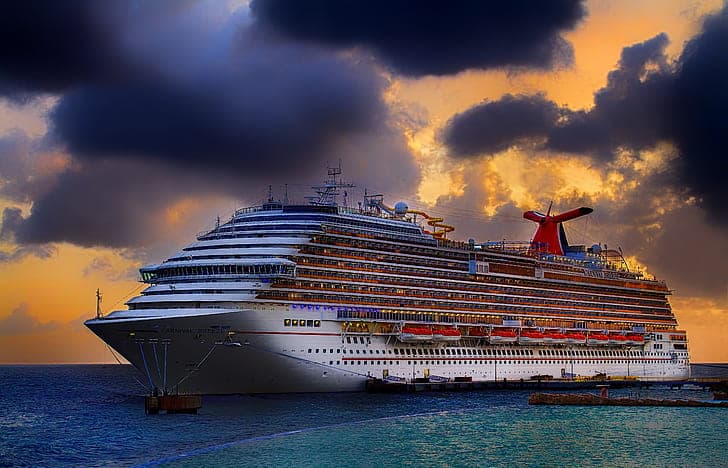
As the state of our planet becomes impossible to ignore, people are becoming more mindful of the impact of their travel choices.
Whether that be travelling less, opting for low-emission transport options, or embracing slow travel, the global travel industry is changing rapidly. So, where do cruise ships fit in with all of this?
Activists have long since pointed out the unsustainable practices carried out by the cruise industry. From dumping sewage, litter, and wastewater into the oceans to emitting high levels of pollutants and greenhouse gases, their environmental impact is no secret.
Cruise ships emit sulphur dioxide, nitrogen oxides, and carbon dioxide, all of which can be harmful both to the environment and human health. They also have harmful impacts on water pollution due to waste, which can be fatal to important marine ecosystems and marine life.
If you’ve ever visited places such as Venice or the Greek Islands, you’ll no doubt have witnessed the change in the colour and cleanliness of the water when the cruise ships dock.
As well as their damaging environmental impact, cruise ships also cause harm to local economies and infrastructures.
Not only do the vessels themselves contribute to rising water levels in coastal areas and damage to fragile buildings.
Rather, as most customers on cruises have everything included with their cruise package, towns, and cities are seeing huge influxes of tourists who aren’t spending any money to visit the area.
MORE READ: Ten new and exciting traveller experiences for your 2024 bucket list
Efforts to mitigate the damage being done – an industry-wide effort
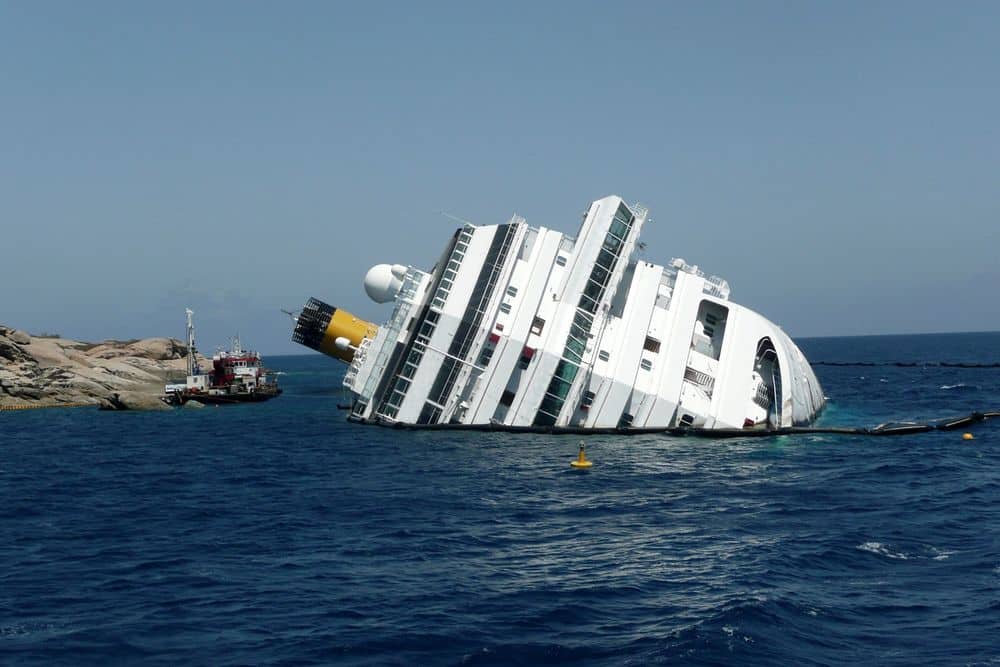
Cruise companies are not naive to their environmental impact. So, efforts are being made both by the government and the industry to lessen this issue.
Measures include the introduction of strict global jurisdiction, which tightens the regulations placed on visiting cruise ships.
Other measures include the adoption and creation of cleaner technologies, including advanced water treatment systems, cleaner fuels, and waste minimisation and recycling. However, there’s still a long way to go before cruise ships could ever be considered ‘environmentally friendly’.
Despite the efforts being made, statistics show that the environmental impact of cruise ships is actually increasing. A Transport and Environment Study conducted in 2023 showed that Europe’s fleet of 218 cruise ships emitted as much pollution as one billion cars in 2022.
Similarly, 2022 saw an increase of 25% in fuel consumed by cruise ships and in the time they spent at ports compared to 2019.
This resulted in a shocking increase of nine percent in sulphur dioxide emissions, 18% in nitrogen oxide emissions, and 25% in particulate matter emissions. Shocking statistics for an industry that is claiming to be making efforts to reduce emissions.
READ MORE: Top ten best countries in the world for solo travel
In conclusion – more needs to be done
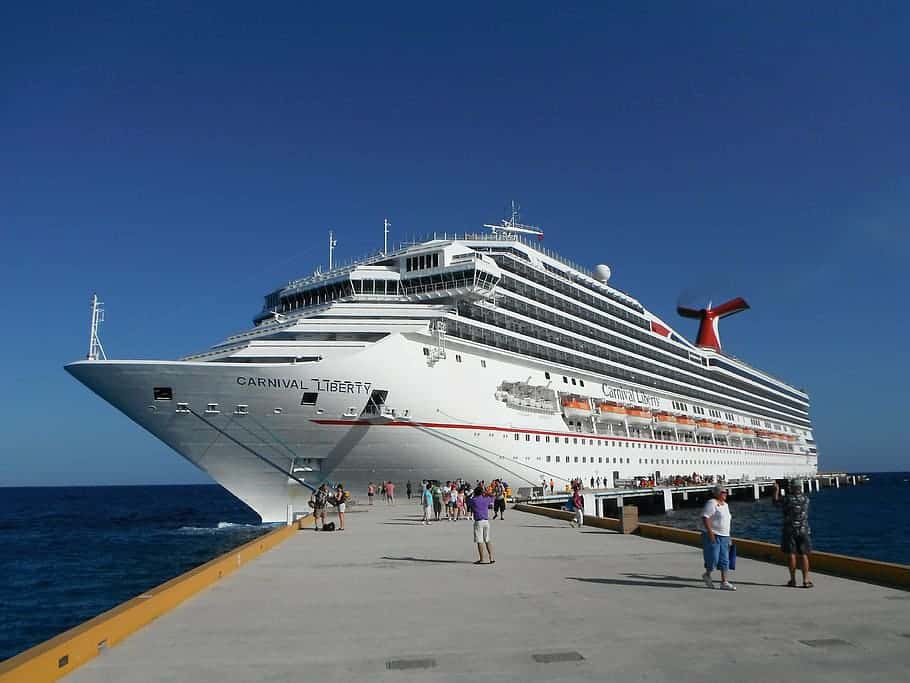
With all things considered, we have to come to the conclusion that, at its current state, the cruise industry remains one of the biggest culprits towards environmental pollution.
While efforts are being made to mitigate this impact, there’s just not enough being done right now. So, for us, we’d recommend maybe thinking twice before booking that luxury cruise holiday, especially if you’re trying to be mindful of your environmental impact.
If you’re looking for a more sustainable alternative, why not consider booking an eco-tourism expedition that works towards environmental conservation while also improving the well-being of local communities?
Sailing adventures, river cruises, and expedition cruises all have a lower environmental impact than standard ocean cruises. So, it could offer a great alternative to travel on water.
READ MORE: Top 30 cities in the world you must see before you die

